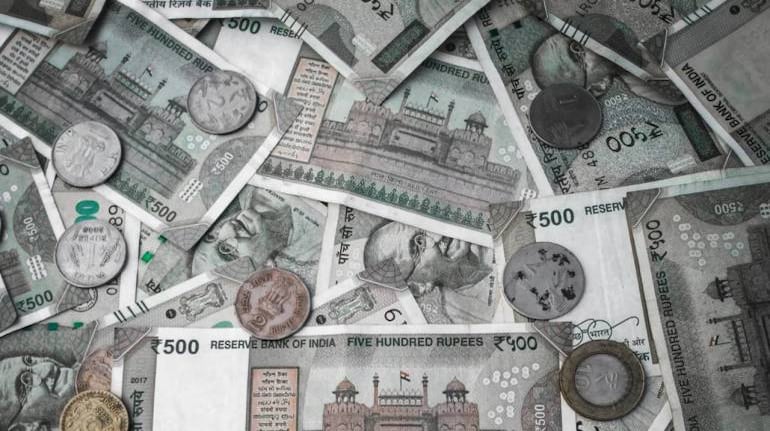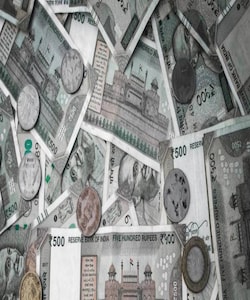
Low rupee volatility lulls Indian firms into hedging less
The Indian rupee’s plummeting volatility, mainly due to the central bank’s stranglehold on the currency, is leading both importers and exporters to hedge less of their foreign exchange exposure.
This, in turn, means companies run the risk of being caught off-guard when volatility picks up, exacerbating swings in the currency.
A measure of the rupee’s expected volatility over the next one year is hovering at 5.1%, its lowest since 2008. The expected volatility over the next month is down to just 3%, more than half of what it was in October when the rupee hit a record low.
In fact, the currency’s 30-day annualized realized volatility has been under 3% for most of the last three months.
“When a currency is less volatile, exporters and importers are less willing to hedge their exposure,” said Arun Bansal, executive director at IDBI Bank.
According to data from clearing house CCIL, hedging by importers from January to June dropped almost 12% year-over-year, while hedging by exporters declined 14%.
The trend was more pronounced in July, when hedging by importers declined 24%, based on the daily average, and by a steeper 28% for exporters, according to CCIL, whose forward hedging data has a two-day lag.
Importers will be reluctant to pay the forward premium to hedge when the rupee is trading in a narrow range, said Bansal.
“There is a cost to hedging (for importers) which, while currently around its 10-year low, is still positive,” said Nitin Agarwal, heading of trading for India at ANZ.
For exporters, the Reserve Bank of India’s interventions provide “comfort that a large appreciation on the rupee is unlikely, taking away the urgency to hedge,” Agarwal said.
The rupee’s low forward premium, along with the RBI’s reserve rebuilding, has exporters reconsidering their hedges.
“The sideways movement in USD/INR has reduced the tendency to hedge,” said Anshul Chandak, head of treasury at RBL Bank.
“Plus, exporters have been on the sidelines for long due to sustained lower forward premiums which have been below 2% on an annualised basis for a very long period now.”
The RBI has regularly intervened to hold the rupee in a narrow range. It has mopped up much of the $18 billion inflows into Indian equities since April, which has helped swell India’s forex reserves by $30 billion to above $600 billion.
The central bank bought $15 billion in the spot market in April and May. It is yet to publish data for June.
The current low-hedging environment on the back of the RBI’s intervention makes the currency susceptible to bigger swings when volatility ultimately picks up.
For instance, from July to September 2022, the RBI was intent on not allowing the rupee to depreciate below 80 against the dollar. When the currency did breach that level, it plunged more than 3.5% in the space of a month.
“Periods of low volatility and narrow (trading ranges) breed complacency,” said Anindya Banerjee, head of research for FX and interest rates at Kotak Securities.
“And, when there is a breakout, you see one-sided and disproportionate moves.”

